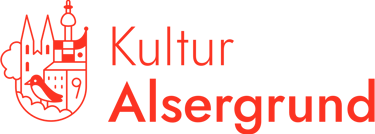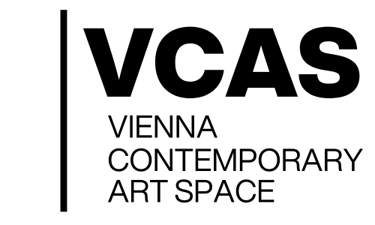Group Exhibition
Vernissage: March 28th, 2025, 6-10pm
Opening Days: March 29th - April 3rd, 2025
Times: Sat. from 1-6pm, Mon.-Thurs. from 1-7pm
Location: WEST / Alte WU, Bibliothek
Augasse 2-6, 1090 Vienna
The Gimmick!
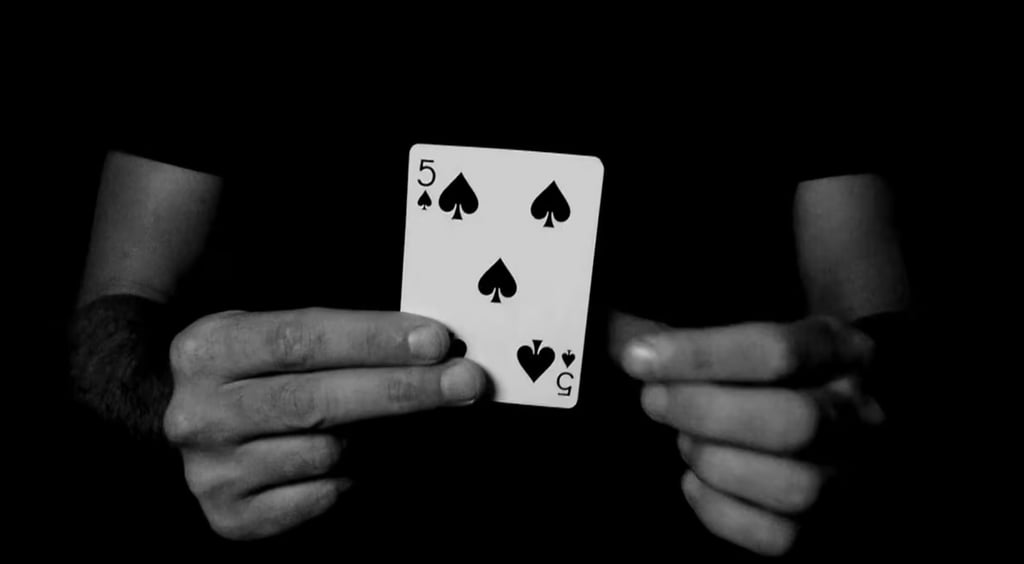

A short account of non-existence © Clemence B. T. D. Barret
Participating Artists:
Bryan Parsons
Clemence B. T. D. Barret
(I) Instructor
Laura Stoll
Lennart Forster
Maria Glyka
Meike Legler
Melina Steiner-Ivancevic
Norbert Unfug
Oliver Cloke
P_E_A_K_A_Y_
Q_plus_I
Sebastian Pfeifhofer
Ziegi Boss
Ziyao Lin
Curators:
Ziegi Boss & (I) Instructor
Exhibition Team:
Maybritt Peters
Oliver Cloke
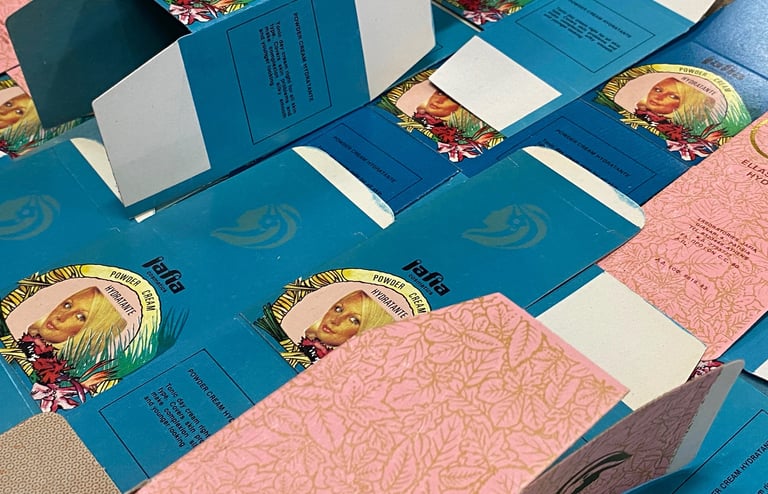

Maria Glyka, Hydratante, 2025. (Jafia's cosmetic boxes gifted to the artist by Vangelis Georgakopoulos, descendant of Jafia cosmetics company owner)
"Yet from the stainless steel banana slicer to the cryptocurrency derivative, our very concept of the gimmick implies awareness that, in capitalism, misprized things are bought and sold continuously. Its flagrantly unworthy form can be found virtually anywhere: manufacturing, law, banking, education, politics, healthcare, real estate, sports, art."
– Sianne Ngai, Theory of the Gimmick, Aesthetic Judgment and Capitalist Form
A shortcut, a cheap trick, a ploy to convince you that you need something that you really don’t, the gimmick chronically promises more than it delivers. And yet, it is also an object of fascination and humour, and can even be a tool of social critique. In this exhibition, artists present work exploring THE GIMMICK, an aesthetic category first researched and written about by feminist cultural theorist Sianne Ngai in her 2020 book Theory of the Gimmick: Aesthetic Judgment and Capitalist Form.
It is surprisingly hard to pin down what makes something a gimmick, despite the broad and nearly visceral understanding of the term’s meaning. Ngai describes the gimmick as “an idea, a technique, or a thinglike device” that seems to be working too little in the case of a labor saving trick, or too hard in a strained effort to get our attention. Full of contradictions, it can be seen as both cheap and overpriced, simple and overly complex, trivial and essential all at the same time. Often comically outdated or overly futuristic, the gimmick has bad timing in the constant cycle of innovation, obsolescence and reinvention.
The gimmick, according to Ngai, is an expression of dissatisfaction, often mixed with fascination, “linked to our perception of an object making untrustworthy claims about the saving of time, the reduction of labor, and the expansion of value.” In this way, it is an aesthetic based in economic judgement, especially of unproductively spent money or wrongful praise by those duped by the gimmick. The gimmick therefore exposes something deeper about how we think about production and consumption and the often contradictory economic forces that shape our lives.
With this understanding of the gimmick, it is no wonder it plagues the arts: from Marcel Duchamp’s Readymade, to Banksy’s half-shredded drawing, to Maurizio Cattelan’s banana taped to a wall, many artists flaunt the tenuous relationship between the labour involved in production and the appraisal of arts value as a capitalist commodity. In exposing these connections between capital, labor and how we measure worth, the gimmick ultimately gets at the very core of the capitalistic systems shaping our perception and saturating our everyday life.
Reference: Ngai, Sianne. Theory of the Gimmick: Aesthetic judgment and Capitalist Form. The Belknap Press of Harvard University Press, 2020.
Concept
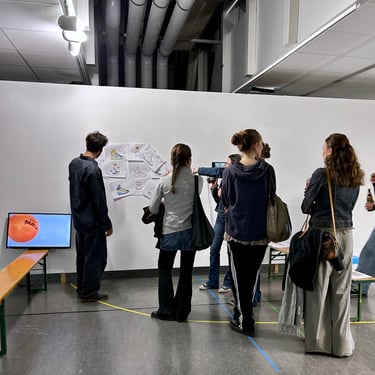
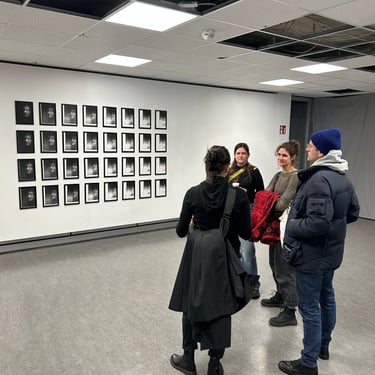
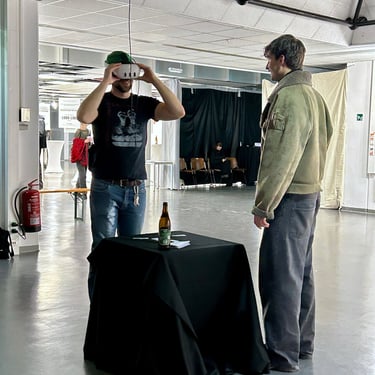
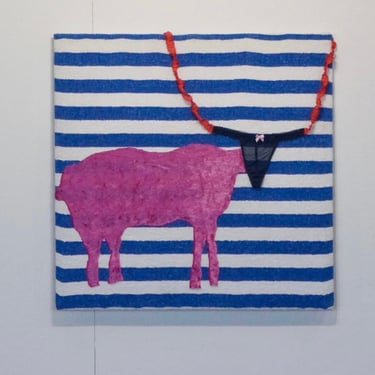
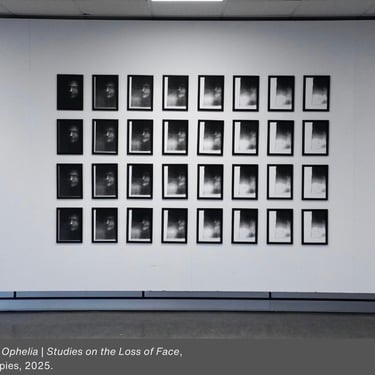
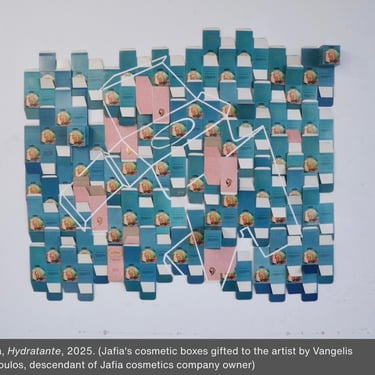
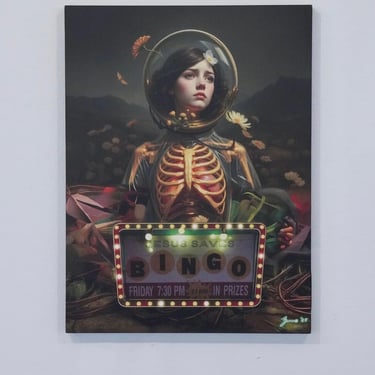
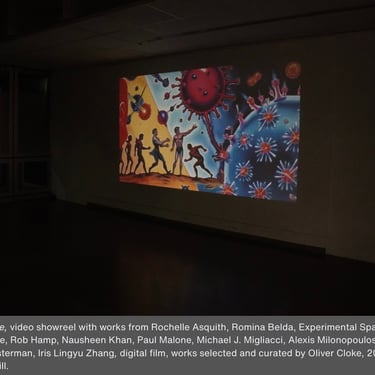
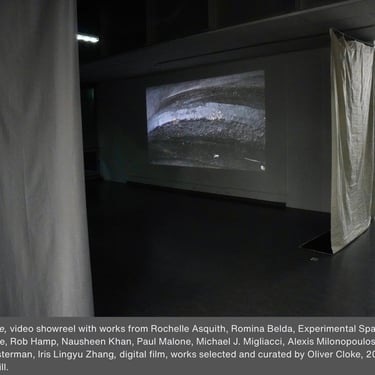
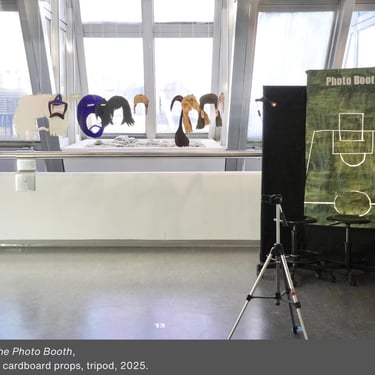
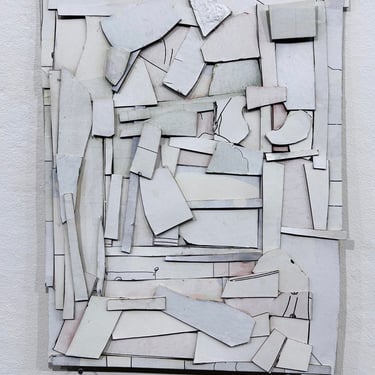
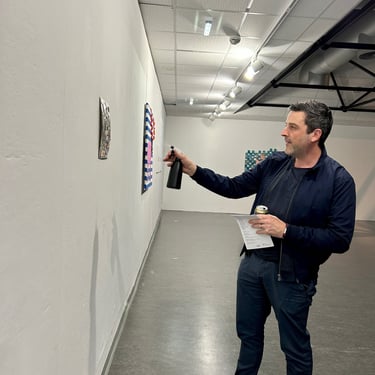
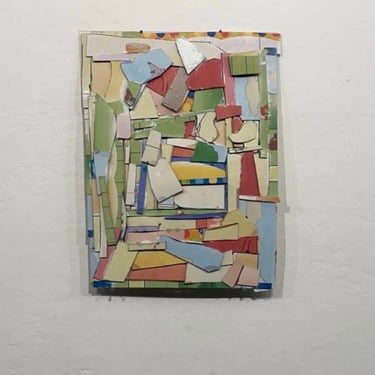
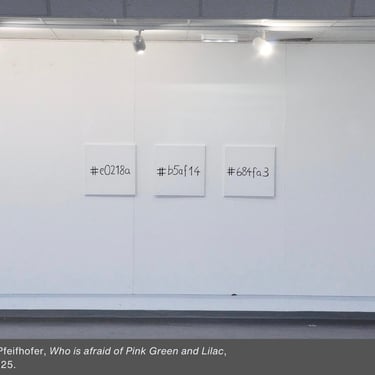
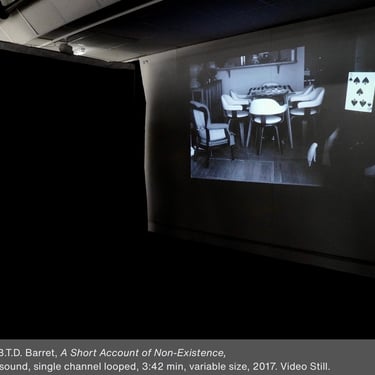
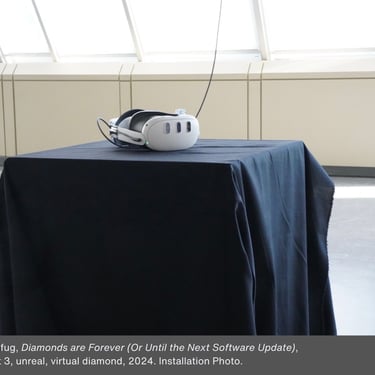
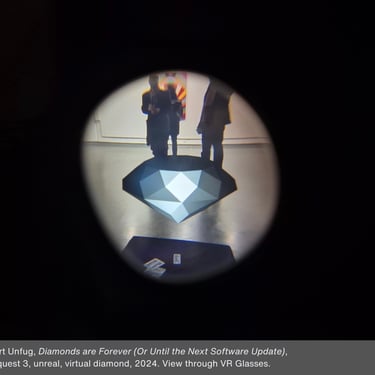
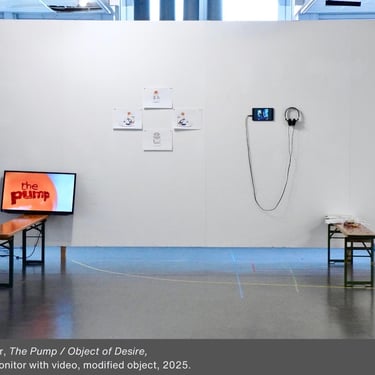
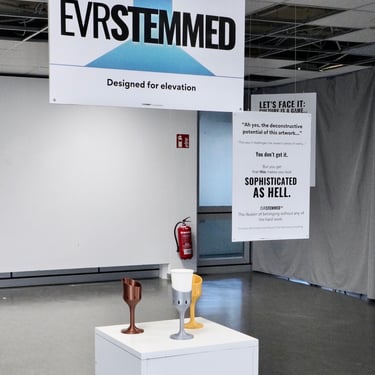
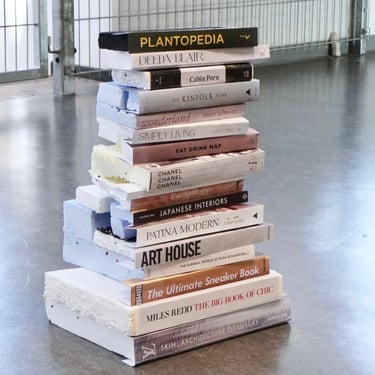
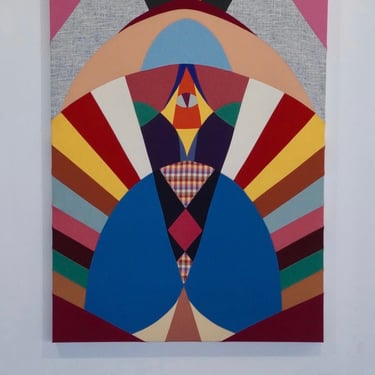
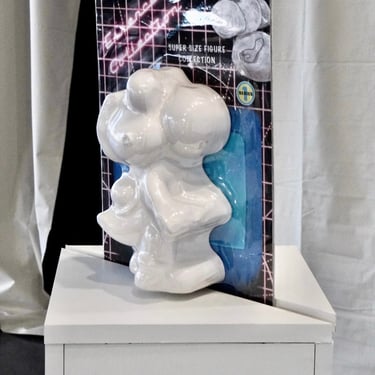
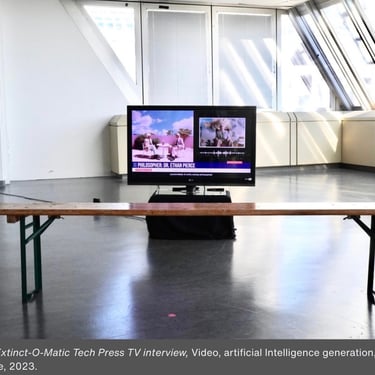


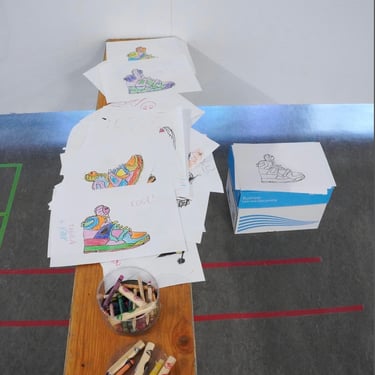

Thanks to Artists in the work Permeate:
Rochelle Asquith
Romina Belda
Experimental Space Collective
Rob Hamp
Nausheen Khan
Paul Malone
Michael J. Migliacci
Alexis Milonopoulos
Max Musterman
Iris Lingyu Zhang
Special thanks to:
Bezirksvertretung Alsergrund for sponsoring the event
WEST for providing the exhibition space

